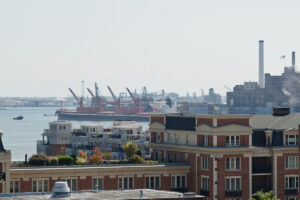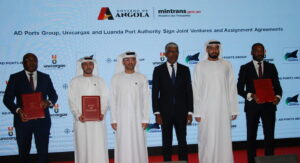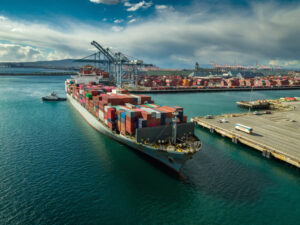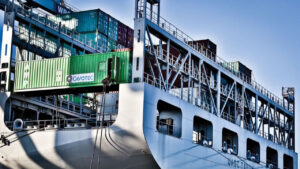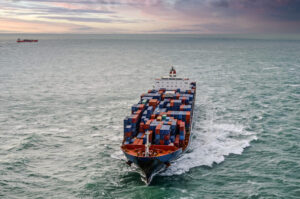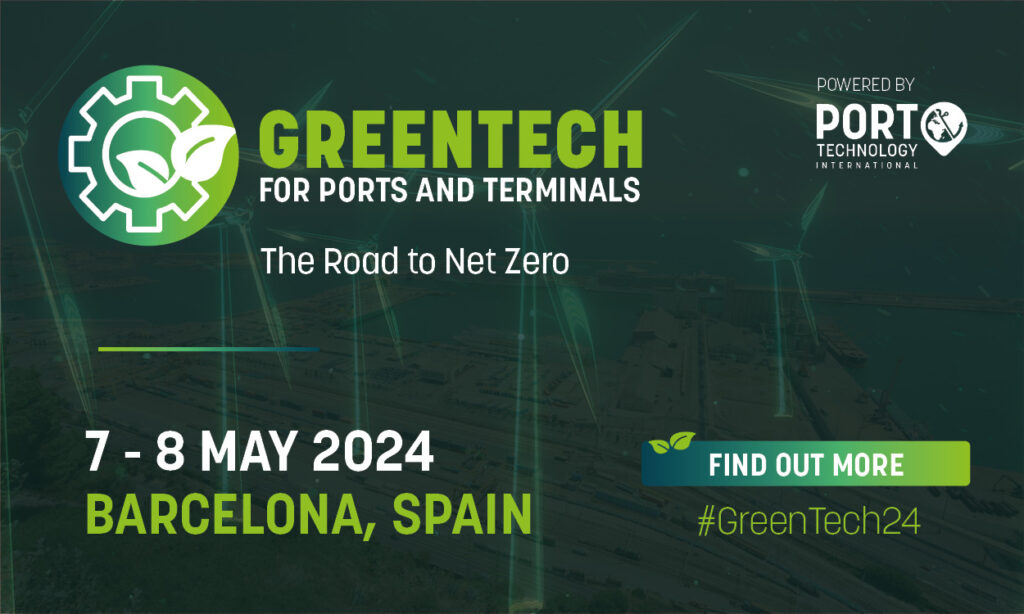Dockworkers are clearing a massive backlog of cargo that accumulated at US West Coast (USWC) ports recently after a 5-year contract has been negotiated between the International Longshore Workers Union (ILWU) and the Pacific Maritime Association (PMA).
The bottleneck has blocked farm and manufacturing exports as well as products that are traded with Asian nations.
Neil Davidson, Senior Analyst for Ports and Terminals with Drewry Maritime Research, said: “A lot of shippers have switched to the Asia-USEC [US East Coast] route via Suez, despite it being around twice the price for them (in terms of freight rates).
“Once the dust has settled on the USWC and things have returned to “normal” (whatever that normal is going forwards), many shippers will most likely return to this route. Confidence will return given that a 5 year deal appears to have been agreed.
“However, for the container lines, the USEC route can absorb additional capacity and this, along with the increased demand from shippers, may entice them to increase services on this route.
“Of course though the more capacity that is added, the lower freight rates may be, so they need to be careful. If this happens though, and freight rates on the Asia-USEC drop, it reduces the differential vis a vis [of] the Asia-USWC route and will make it harder for USWC ports to win back lost volume.”
Davidson concluded: “It must also be remembered though that a number of the factors which were already causing problems before the ILWU-PMA dispute will still be issues afterwards e.g. provision of chassis, lack of truckers, intermodal capacity issues and of course the volume peaks caused by bigger ships.”
Overall, the ports handle roughly one-quarter of US international trade, an amount worth around US$1 trillion annually, according to Oregon Live.
In other news, workers at the Port of Auckland, New Zealand are in good spirits after a new collective employment agreement had been signed – settling a dispute that has lasted since 2011.

